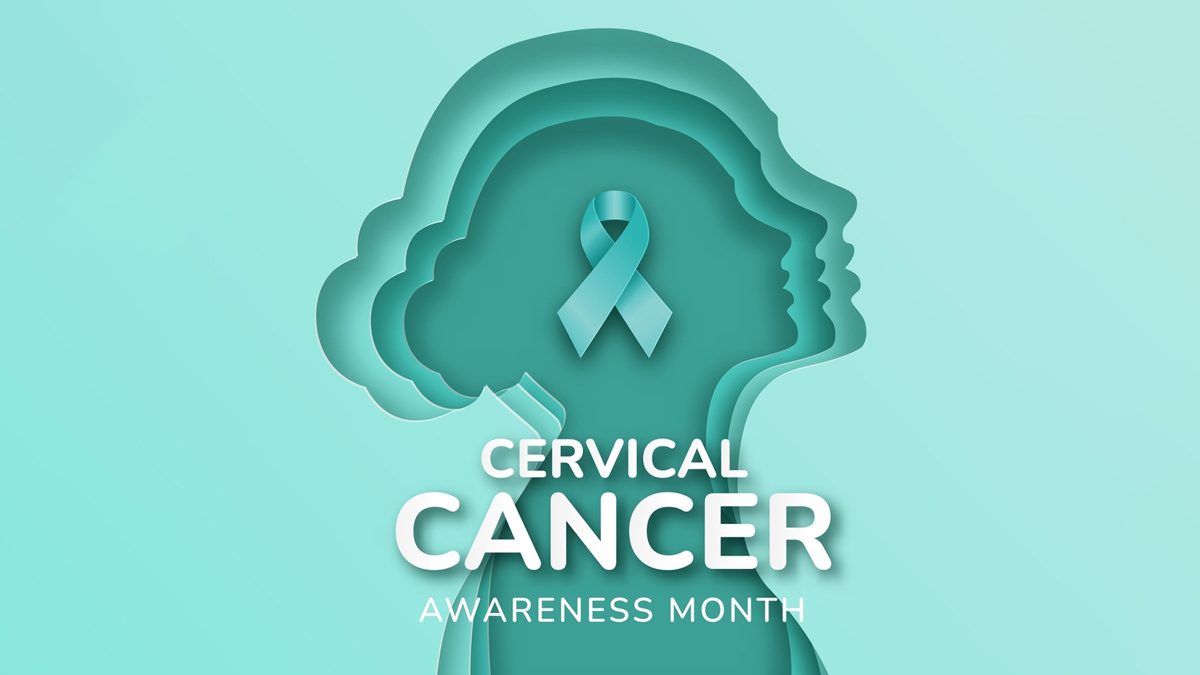
The World Health Organisation claims that cervical cancer is the fourth most common cancer affecting women worldwide. In India, cervical cancer is the second leading cause of death among women after breast cancer. But why is cervical cancer so rampant in India?
Table of Content:-
To this, Dr Harshit Shah, Associate Consultant-Surgical Oncology, Fortis Hospital, Kalyan in conversation with OnlyMyHealth team, said, “The prevalence of cervical cancer is high in India due to increased rate of HPV infection, lack of awareness about screening policies to prevent cervical cancer and ignorance of taking HPV vaccine at younger age.”
Role Of HPV In Cervical Cancer
Human papillomavirus (HPV) is the biggest villain when it comes to cervical cancer. HPV is a common sexually transmitted infection and WHO says that almost all sexually active people will be infected at some point in their lives, usually without symptoms. “Persistent HPV infection of the cervix, if left untreated, causes 95% of cervical cancers,” stated WHO.
cervical.jpg)
According to the Centre for Disease Control and Prevention, “When the body’s immune system can’t get rid of an HPV infection with oncogenic HPV types, it can linger over time and turn normal cells into abnormal cells and then cancer. About 10% of women with HPV infection on their cervix will develop long-lasting HPV infections that put them at risk for cervical cancer.”
Also read: Cervical Cancer Awareness Month: Here’s Why HPV Vaccine Is Crucial For Men As Well
Explaining the role of HPV in cervical cancer Dr Shah said, “HPV infections usually clear up without any intervention within a few months after acquisition, and about 90% clear within 2 years. But persistent infection can lead to precancerous conditions or cancer.”
Dr Shah further explained, “HPV 16 is most commonly associated and present in more than 80% of high-grade cervical, vaginal, vulvar, perianal, and penile preinvasive lesions. It is detected in more than 25% of low-grade cervical lesions, 40% of subclinical vulvar HPV infections, and 10% of genital condylomata acuminata. The second most common HPV type 18 (25%) is seen in invasive cervical cancer, but is uncommon (5%) in preinvasive cervical lesions.”
Prevention Of Cervical Cancer

Cervical cancer can be prevented by the available vaccines. There are three types of vaccines out of which two are available in India and they protect against HPV 16 and 18, both known to cause at least 70% of cervical cancers.
Here are the vaccines listed down by Dr Shah.
1) Quadrivalent vaccine (Gardasil) - against types 16 and 18 (high risk) and types 6 and 11 (low risk)
2) Bivalent vaccine (Cervarix) - against types 16 and 18 (high risk)
3) Polyvalent vaccine (Gardasil -9) – against types 6,11,16,18,31,33,45,52 & 58. (Not available in India).
Talking about the safety and efficacy of the vaccines, Dr Shah said, “The vaccines may also have some cross-protection against other less common HPV types. Clinical trials show that vaccines are safe and very effective in preventing infection with HPV 16 and 18. The efficacy of the vaccines is best if administered before the person is exposed to HPV. Hence, it is advised to administer them before the first sexual activity.”
Who Should Take Vaccine
WHO recommends vaccination for girls at the age of 9-13 years but Dr Shah says, ideally it should start from the age of 11-12 years.
Dr Shah explained the dosage of vaccine and said, “The optimal vaccination schedule is 2 doses at 0 and 6 months. After the age of 15 years, the recommended schedule of vaccination is 3 doses at 0, 2 and 6 months. The vaccine series is not restarted if the dosing schedule is interrupted, instead the required dose is given at the earliest.”
The vaccine is still recommended after HPV infection as it provides protection against strains which are not acquired upto the age of 23 years.
Another way to prevent cervical cancer is screening. Screening methods like Papaniculou (Pap) smear and HPV co-testing starting from the age of 30 to 60.
Bottomline
HPV infection can be prevented by maintaining good personal hygiene, avoiding unprotected sex & multiple sexual partners. Getting vaccinated for HPV at a younger age is crucially important to keep HPV and cervical cancer away.
Also watch this video
How we keep this article up to date:
We work with experts and keep a close eye on the latest in health and wellness. Whenever there is a new research or helpful information, we update our articles with accurate and useful advice.
Current Version